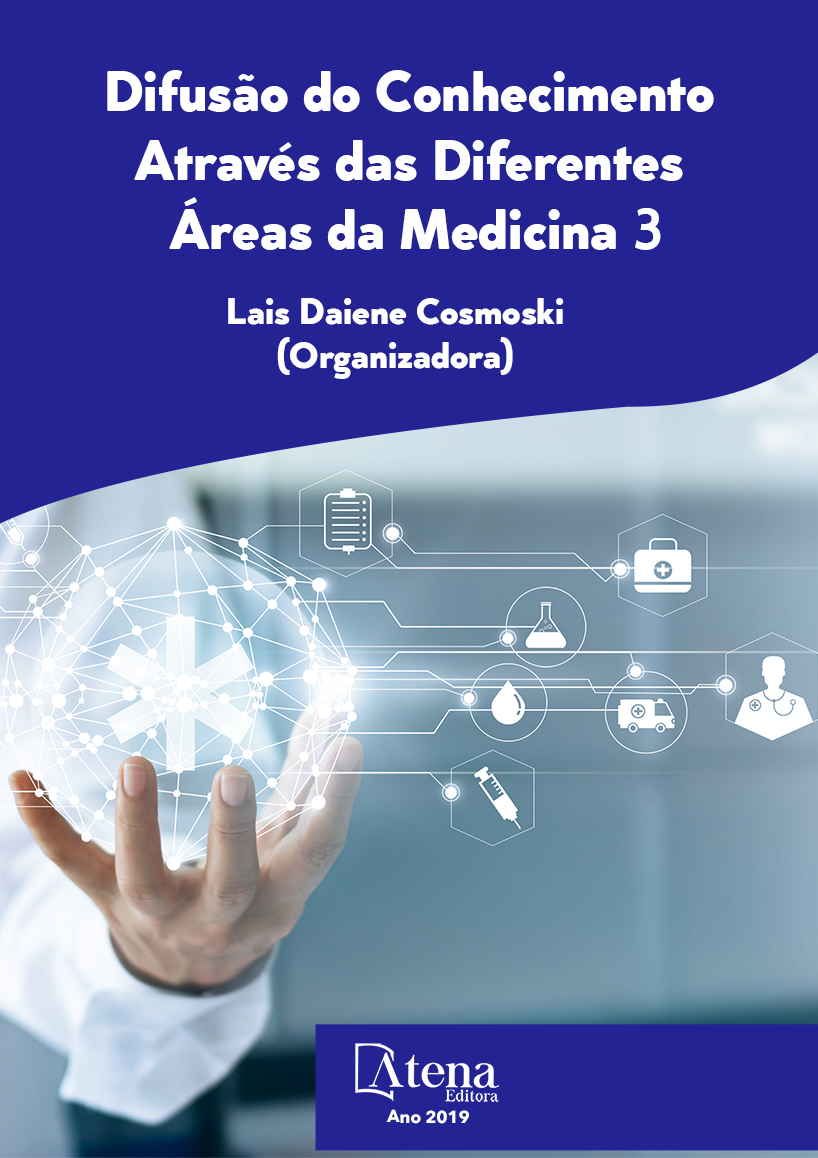
AVALIAÇÃO DO IMPACTO DA RELIGIOSIDADE NA VIDA DE ESTUDANTES UNIVERSITÁRIOS COM ANSIEDADE E DEPRESSÃO
O presente estudo teve como objetivo comparar a prevalência de ansiedade e depressão em relação aos hábitos e comportamentos religiosos de estudantes universitários. Para isso, realizou-se um estudo transversal com alunos matriculados no UNIVAG Centro Universitário que responderam aos questionários Hospital Anxiety and Depression Scale (HAD) e Índice de Religiosidade da Duke University (DUREL) entre agosto de 2017 e julho de 2018. Um total de 640 estudantes universitários foram avaliados, com idade média igual a 22,4 anos (IC95%=22,0-22,8; Mínimo=16; Máximo=60, Mediana=21), sendo 56,7% (n=363) do sexo masculino e 43,3% (n=277) do sexo feminino. A prevalência de ansiedade foi igual a 30,0% e de depressão 8,9%. Se comportaram como fatores independentes e associados à ansiedade renda mensal 11-20 salários mínimos x 21 ou mais (RP=1,41; p=0,04), curso de graduação da área da saúde (RP=1,41; p=0,03) e religiosidade intrínseca alta (RP=0,74; p=0,02); e para depressão cursar quarto ano x primeiro ano (RP=2,02; p=0,03) e ansiedade, seja entre estudantes com religiosidade intrínseca baixa (RP=7,95; p<0,01) ou entre estudantes com religiosidade intrínseca alta (RP=6,16; p<0,01). Os dados sugerem que nem todos os domínios da religiosidade apresentam o mesmo impacto sobre ansiedade e depressão entre estudantes universitários, mas que aspectos relacionados à religiosidade intrínseca demonstram um potencial terapêutico complementar.
AVALIAÇÃO DO IMPACTO DA RELIGIOSIDADE NA VIDA DE ESTUDANTES UNIVERSITÁRIOS COM ANSIEDADE E DEPRESSÃO
-
Palavras-chave: depressão, ansiedade, religiosidade
-
Keywords: depression, anxiety, religiosity
-
Abstract:
The present work has as objective to compare the prevalence of anxiety and depression between college students with religious beliefs and those without religiosity. To accomplish this purpose, a cross sectional was conducted with students enrolled in the Centro Universitário de Várzea Grande UNIVAG. They have dispensed few minutes answering the Hospital Anxiety and Depression Scale (HAD) and Duke Religious Index (DUREL) questionnaires in a period between august 2017 and july 2018.A total of 640 people have been assessed. The avarege age of these students was 22,4 (Trust Index=22,0-22,8; minimum=16; Maximum=60; median=21). 56,7% of respondants were male and 43,% were female. The total prevalence of anxiety and depression disorders was respectively 30% and 8,9%. As independent risk factors related with anxiety, we found the monthly income between 11-20 minimum wages x 21 or more (RP=1,41; p=0,04), college graduation at a health area (RP=1,42; p=0,03) and high intrinsic religiosity (RP=6,16; p<0,01). Also, as independent risk factors related with depression, we observed being at the first and fourth year in college (RP=2,02; p=0,03) and having anxiety, both in students with low intrinsic religiosity (RP=7,95; p<0,01) and students with high intrinsic religiosity (RP=6,16; p<0,01). The data suggests that not all of the religiosity domains have the same impact on anxiety and depression on college students, but some points on internal religiosity reveal a complementary therapeutic potencial.
-
Número de páginas: 17
- Emanuel Mattioni Arrial
- Isabella de Oliveira Bom
- Rodrigo Marques Campelo
- Laíse de Paula Maitelli
- Rosivania de Sousa Carvalho
- Hugo Dias Hoffmann Santos
- LEONARDO ESTEVAN ROSA CALDAS


